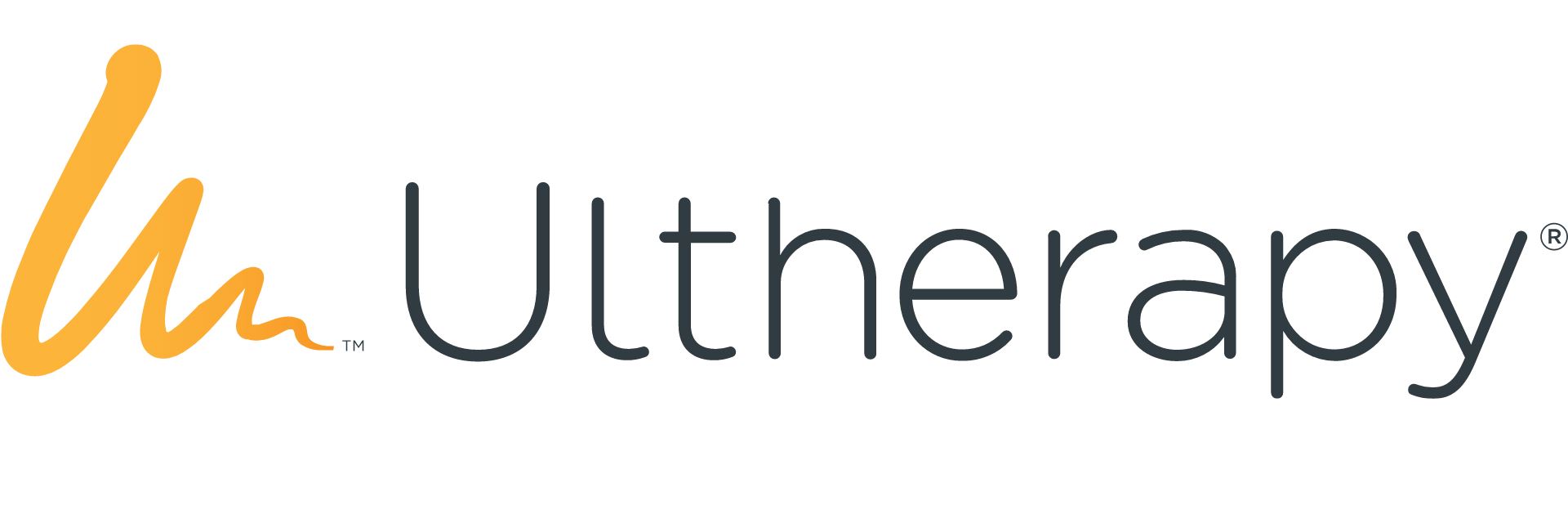Ultherapy, otherwise known as Ulthera, is a non-invasive facial treatment used to attain smooth skin while lifting and tightening saggy skin on the face and neck. Ulthera uses a powerful source of ultrasonic energy and the regenerative response of collagen to smooth out wrinkles and gently lift the skin under the chin, the neck and the eyebrows. Ultherapy can penetrate the deeper layers of skin without harming the surrounding tissue. However, the outcome is not as dramatic as a facelift due to the fact that Ulthera is limited to only minor lifting of up to 5 or 6 millimeters. Nevertheless, Ulthera is an alternative to a facelift with less risks and little to no recovery or downtime.
Ideal Patients
Since Ultherapy can improve the body’s natural signs of aging, anyone experiencing moderately saggy skin on their face and neck, wrinkles, fine lines and sunken features from volume loss can benefit from this procedure. Ultherapy can tighten the skin on the forehead, producing a brow lift, which also lifts the corners of the eyes. It can also improve the texture and even out the color of the skin. Unlike other skin treatments, Ultherapy is suitable for all skin types.
How Is Ultherapy Performed?
Ultherapy can be performed in a doctor’s office and only requires about 30 minutes of treatment time. The doctor will cleanse the area to be treated and apply an ultrasound gel along with a smooth treatment applicator. Ultrasonic imaging is used to view deep within the tissue just as an ultrasound is used during a pregnancy. The treatment applicator is slowly moved over the area while low levels of heat energy penetrate the deep tissue and causes the skin to immediately contract. The patient can expect to feel some heat and tiny amounts of prickly pain from the controlled energy being deposited into the layers of skin. This indicates that collagen stimulation and a tightening of the skin has begun. With Ultherapy, the surface layer of skin does not experience any negative effects from the treatment. As the new collagen grows, it gradually tightens the skin and grants the patient a natural face lift. Unless the patient wishes to have smaller treatment sessions, Ultherapy can be completed in one treatment.
Risks and Downtime
There is no downtime with Ultherapy and patients can resume all normal activities about an hour after their treatment. Patients may experience some redness which can last between 2-4 hours. Makeup can be used to cover up any discoloration. Some slight swelling is possible but it usually dissipates by the next morning. Patients can apply an ice pack to the treated areas to reduce swelling. Other risks or side effects include tenderness and tingling which can last about 1 week after treatment. Some less common side effects can consist of bruising, welts or numbness in areas of the face. Thermal burns are rare but can occur due to inaccurate positioning of the device or movement of the patient during treatment. With a number of patients, improvement can be seen immediately. However, most patients see gradual results over a period of 2 to 3 months. Patients can expect the results to last for approximately 2 to 3 years.
-SP
